ESG / CSR
Industries
Climate Skeptics: Facts vs. Myths



During the French presidential election, Emmanuel Macron described Marine Le Pen as a “climate skeptic”. Regardless of the debate between the finalists at the time, this term caught our attention here at the Greenly office. And for good reason: because despite the scientific evidence (and not to mention the natural disasters that are unfortunately happening all too often) some people do question the existence of climate change, as well as its origin.
👉 In this article we’ll explore what it means to be a climate skeptic. We’ll also unpack why these beliefs are incorrect and contradicted by science.
What does it mean to be a climate skeptic?
A "climate skeptic" is someone who challenges or downplays the prevailing understanding of global warming, especially the notion that it's driven primarily by human actions. These individuals often believe that global warming is a natural and cyclical event. Some even argue that climate change might eventually yield positive outcomes or that technological advancements will eventually address the issue.
Research indicates that the countries with the highest levels of climate skepticism include Russia, Japan, Ukraine, the United States, and France. For instance, in the US, a significant 32% of the population attributes global warming to natural causes. Alarmingly, another 9% of the populace denies the existence of global warming altogether.
More often than not, this climate skepticism stems from a lack of understanding, an unease about confronting unsettling realities, or a resistance to implementing stringent measures.
It's worth highlighting: Misconceptions and falsehoods about the climate are rampant on social media platforms. It's crucial to be vigilant about the sources from which we glean information. A report, collaboratively authored by Greenpeace, Friends of the Earth, and Avaaz, indicates that social media platforms aren't doing enough to combat the spread of misleading "climate" narratives.
What are the main arguments of climate skeptics?
While it’s true that our planet has experienced several climate changes over its long history, the one we currently live in is faster and more violent than ever. In addition, it is directly caused by human activity - that was not the case before.
Previous climatic variations had two main causes:
- Volcanic eruptions, which are responsible for cooling (by emitting particles into the atmosphere, which return sunlight);
- Alternation between glacial and warm periods (approximately every 10,000 years). A change caused by the variation of the Earth’s orbit relative to the Sun.
The emergence of a new geological epoch underscores the profound impact human activity has had on the Earth's system. First proposed nearly two decades ago and still a topic of debate, the "Anthropocene" epoch—translating to "the age of humans" - positions human actions as the primary driver of climate change, overtaking natural geophysical processes. To put it bluntly, it's a concerning revelation.
The upheaval we are currently experiencing is linked to human activities and, more specifically, to the carbon dioxide (CO2) emissions that we’re generating, which have steadily increased since the Industrial Revolution.
🚨Caution: Climate skeptics frequently cite the Medieval Weather Anomaly, a period during the Middle Ages that experienced warmer-than-average temperatures. However, drawing parallels with today is misleading. The warmth during this era was regional, not global. Furthermore, its impact pales in comparison to the climate changes we observe currently.
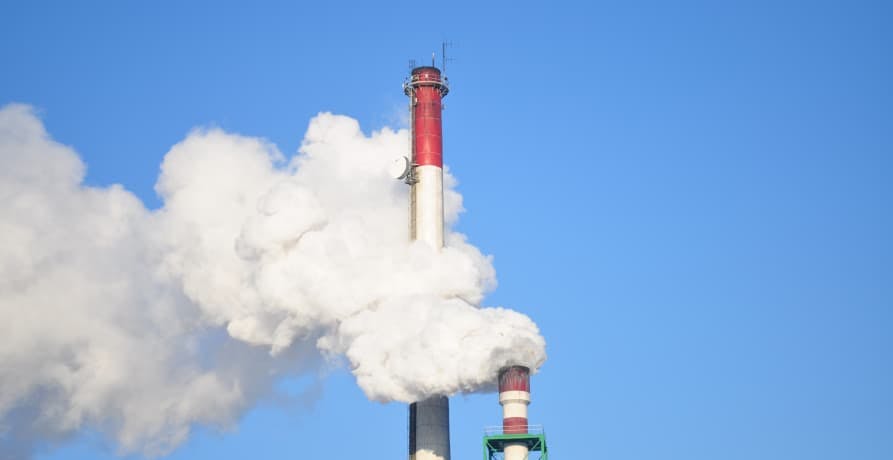
“There is no global warming, it’s still cold!”
Nice try, but it's crucial not to confuse weather with climate. Weather pertains to short-term atmospheric phenomena and aims to forecast conditions in specific locations over brief periods. In contrast, climate concentrates on the long-term patterns and conditions observed globally.
🚩 Note: According to the IPCC, the average temperature between 1880 and 2012 increased by 0.86°C.
Moreover, isolated instances of record low temperatures in a specific location over a short duration aren't indicative of overall climate trends. To gain a comprehensive understanding, you need to consider average temperatures globally.
For instance, while the United States might grapple with a cold snap, Russia could be enjoying milder temperatures simultaneously.
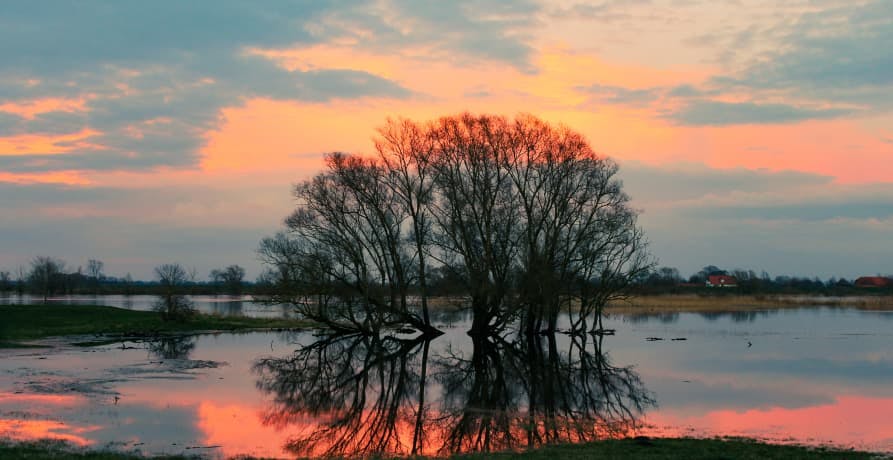
“Warming is caused by the sun.”
This argument is a favorite among climate skeptics.
Approximately every eleven years, the sun undergoes "oscillations," observable through the number of sunspots. These oscillations alter the intensity of solar radiation, which, in turn, can influence Earth's climate.
Regrettably, recent periods have seen the sun in a low-activity phase. Yet, global temperatures have persisted in their upward trend.
In essence, while it would be comforting, we can't attribute global warming to our sun's behaviour.

“1°C is nothing, the IPCC is too alarmist.”
Contrary to a common misconception, every additional degree of warming leads to irreversible consequences for our planet.
While a single degree might seem inconsequential to us, the ecosystems certainly feel the impact. Consider the minor shift required to change rain to snow, and vice versa.
Continuing on our current trajectory could expose us to a cascading series of increasingly severe natural disasters, such as floods, wildfires, heatwaves, and hurricanes. The repercussions aren’t limited to just climatic events. We could also see surges in migratory movements, epidemic outbreaks, and potential armed conflicts. Quite the domino effect.
The United Nations Office for Disaster Risk Reduction (UNDRR) notes that, over the past two decades, the world has seen 7,348 climate change-related disasters, and that these numbers are on an upward trajectory. Projections suggest this number could escalate to 560 annually by 2030.
That's why the Paris Agreement aims to limit the global temperature rise to below 2°C, with an ideal target of 1.5°C.
Should we fail to achieve this goal:
- Ocean levels may surge by as much as 1.3 to 1.6 meters by the end of the century;
- 99% of coral reefs could be lost due to ocean acidification;
- Numerous plant and animal species face the threat of extinction by 2100;
- Extreme heat waves could result in widespread water shortages and prolonged droughts.
👉 To learn more about the threat of ocean acidification, and rising sea levels, check out our articles which explain why global warming is behind these threats.
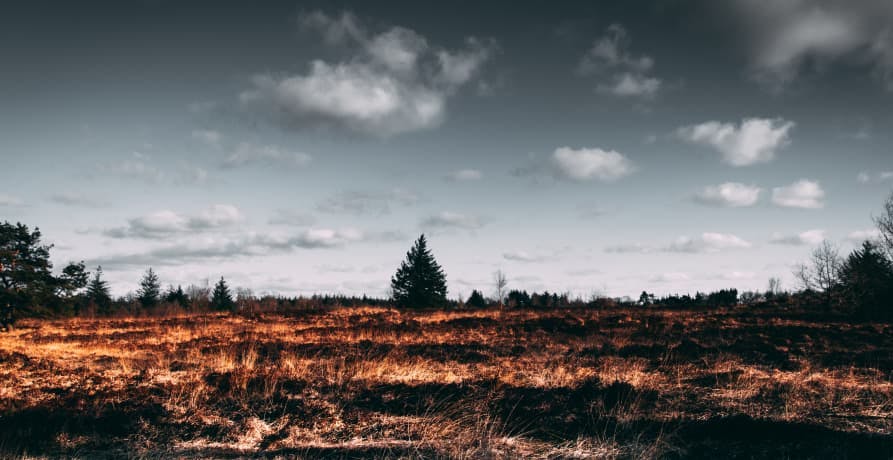
“It doesn’t matter, humans, fauna and flora are able to adapt!”
Throughout history, climate variations have played a pivotal role in mass extinctions. It's an undeniable fact.
Countless animal and plant species are already feeling the harsh impacts of the rapid climate shifts. Such swift changes don't afford them sufficient time to adapt, which in many cases would involve migration.
Humans aren't exempt from these challenges. While our adaptability may be superior, massive human migrations could become necessary.
However, in today's world, this isn't a straightforward proposition. Habitats that remain suitable for habitation are tightly regulated by well-defined borders. This means that cross-border migrations have become far more complex than they might have been in ages past.
If we fail to anticipate and prepare for these shifts, the inevitable large-scale migrations could lead to heightened tensions at borders, potentially even escalating to armed confrontations.

“There is no scientific consensus”
Climate skeptics see global warming as a plot initiated by the state, elites, media, and scientists to justify their funding and/or control people. So, should we be suspicious?
The answer is no. Published in 2016, the study conducted by John Cook shows that since the early 1990s, 97% of scientists and climatologists have agreed that human-caused global warming does exist.
In addition, according to the study conducted by the American university Cornell in the fall of 2021, more than 99% of scientific articles published since 2012 confirm the role of human activity in the occurrence of global warming.

The timeline of climate change
1824: the discovery of the phenomenon
In 1824, Joseph Fourier first identified the greenhouse effect. Fast forward to 1896, and Svante Arrhenius made the groundbreaking revelation that burning fossil fuels loaded the atmosphere with CO2, leading to increased temperatures. Awareness began to dawn, even then.
Yet, it took until 1958, over six decades later, for Charles Keeling to conclusively demonstrate that greenhouse gas concentrations were uniform across the Earth, rather than just concentrated over industrialized regions.
It's essential to note: global warming isn't just about rising temperatures; it involves a comprehensive shift in both climate and ecosystems.
As evidence mounted, the issue of climate change began to gain traction in political circles.
1988: the creation of the IPCC
In 1988, two United Nations agencies - the World Meteorological Organization (WMO) and the United Nations Environment Programme (UNEP) - created the Intergovernmental Panel on Climate Change (IPCC) to study climate change and the role of human activity in climate change.
It’s important to note that the IPCC does not produce research. The IPCC is composed of three working groups, which review thousands of scientific papers to produce a synthesis.
The articles studied focus on:
- The study of climate change as a phenomenon;
- The consequences of global warming and its impact on society and ecosystems;
- Efforts to mitigate and adapt to climate change.
Drawing from extensive research, the IPCC curates reports offering a comprehensive and unbiased perspective on climate change. Their aim is to provide policymakers with solutions to mitigate its effects or, in dire scenarios, provide strategies for our civilization to adapt effectively.
The first report prepared by the IPCC was published in 1990.
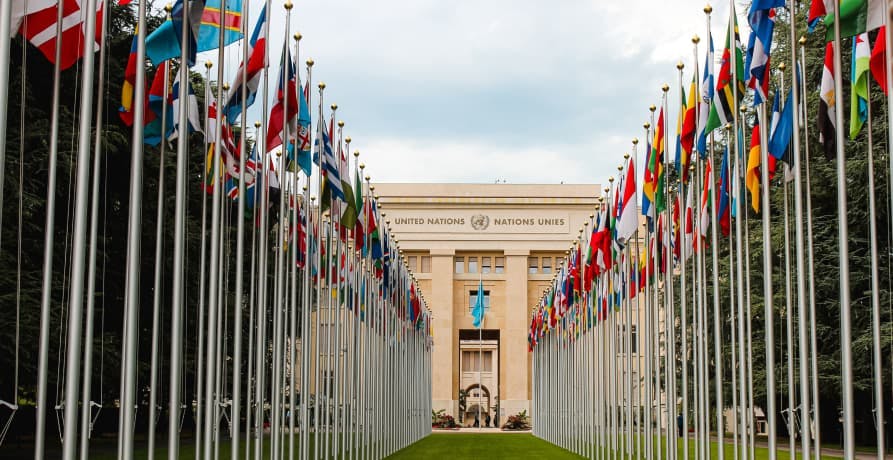
1997: the beginning of the fight against global warming
As the urgency of the climate crisis began to resonate in political discussions, several pivotal agreements were forged.
The Kyoto Protocol in 1997 marked a significant step. It aimed to reduce emissions of six greenhouse gases by 5.2% between 2008 and 2012, using 1990 levels as a benchmark. This was the first truly binding climate agreement ever ratified.
Fast forward to 2015, and the Paris Agreement was endorsed at COP 21. This landmark accord notably set forth the objective of achieving carbon neutrality, with an overarching aim to cap global warming at 2°C, and preferably limit it to 1.5°C.
Subsequently, the COP 26, or the 26th Conference of the Parties, convened in 2021, resulting in the renowned Glasgow Pact.
What's next on the global climate agenda? COP 28 is scheduled to be held in Dubai in November 2023. Here, participants will deliberate on a variety of issues including curtailing energy consumption, reducing dependency on fossil fuels, and climate finance.
👉 To learn more about upcoming COP 28 and the surrounding controversies, head over to our article.
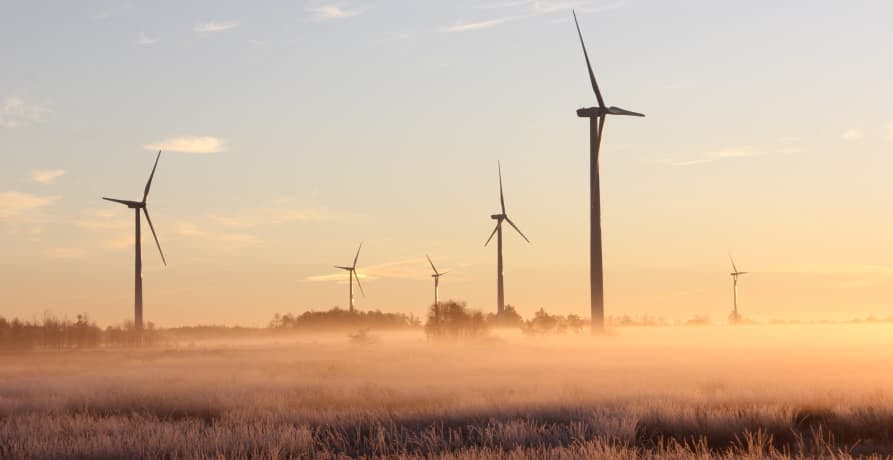
Important takeaways
On April 4th, 2022, the IPCC released the closing chapter of its sixth report. The conclusion is clear: the analysis of 18,000 scientific studies concludes that the planet has already warmed by +1.1°C.
Moreover, this warming is expected to reach +2.7°C by the end of the century if nothing is done.
We have three years left to reverse the situation if we hope to maintain a “liveable future”. To limit global warming, we must change our way of life, production, and consumption.
This should include:
- A rapid transition from fossil fuels to renewable energies;
- The establishment of a circular economy;
- The effective management of waste;
- Energy efficiency;
- A reduction in CO2 emissions by 27-43% in 2030 and by 63-84% in 2050;
- The offsetting of residual carbon emissions.
What about Greenly?
At Greenly we can help you to assess your company’s carbon footprint, and then give you the tools you need to cut down on emissions. Why not request a free demo with one of our experts - no obligation or commitment required.
If reading this article has inspired you to consider your company’s own carbon footprint, Greenly can help. Learn more about Greenly’s carbon management platform here.



